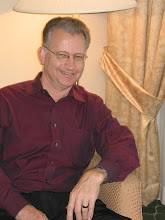The work is now under way! Under the now somewhat skeptical eyes of my wife, we prepared a "safety-related" list of mandatory upgrades.
- Two Garmin GPS units - the GNS 530W and the GNS 430W. I obviously need to know where I am at all times.
- A Garmin GTX 330 transponder with new Extended Squitter. No point in having a transponder that wasn't up to the latest proposed standards.
- A Garmin GMA 347 Audio Panel. Obviously I need to be able to select each of these pieces of sophisticated audio equipment!
- The Garmin GMX 200 multi-function moving map display. Great for positional awareness.
- Two Garmin GI 106A ILS indicators.
- Guardian 553 CO Monitor. Carbon monoxide is odorless and deadly, and can be fatal if not detected.
- The very latest in glass panel retrofit technology, Aspen Avionics, for certified aircraft. Garmin promised this for 3 years and couldn't deliver. Aspen did.
- I really need to know how far above the ground the airplane is - hence the requirement for a Radar Altimeter.
- All this equipment needs a new instrument panel. Fortunately, Aviation Research is one of the only companies with an approved panel!
- And of course, a quality S-TEC autopilot is asolutely mandatory for safe flight operations.
- Even with all the essential glass panel state of the art electronics, nothing adds more safety than extra fuel. So we add the Osborne Tip Tanks for an additional 40 gallons useable!
So with this impressive list of equipment, off we go to get this project underway. Our target for new paint and interior is March, 2008. It is now early December, 2007. Seems do-able...
